We draw inspiration from three master plantsmen for a local spin on designer gardening.
Classic garden design is beautiful. But it takes time to deadhead spent blooms in floriferous English-country borders.
Tropical gardens might be oases of calm. But these refuges make a big dent in your water bill – unless you live in sub-tropical KwaZulu-Natal.
The age of simulating the gardens of Versailles on a Lilliputian scale has come and gone. Austere, overscaled neoclassical statues and ornate water features no longer suit a modern architectural narrative.
Our busy lifestyles and the effects of climate change have made it almost impossible to support large gardens. Yet we still crave the beauty of nature on our doorstep. We want low-maintenance refuges suited to tight spaces.
Design mantra: Rather than trying to reproduce a large iconic garden on a small scale, take your pick of the design in capturing the visual narrative to suit your taste and available indigenous plant species.
The Minimalist: Roberto Burle Marx
Minimalist garden design can be traced back to the early 20th Century, when horticulturalists such as Roberto Burle Marx deconstructed landscaping to its purest form. He once said: “A garden is an arrangement of natural materials according to aesthetic laws; interwoven throughout are the artist’s outlook on life, his pasts, his affections, his attempts, his mistakes and his successes.”
Through a process of trial and error, and an astute love of native plants, this landscaper from Sao Paolo, Brazil, made an indelible impact on how we perceive garden design. Mass plantings of single species were used to create minimalist artworks; ostentatious borders were replaced with sinuous swaths of monochrome colour. Architectural design formed the cornerstone of this soothing visual narrative – proof that minimalism needn’t be stark.
A fresh take
Modern gardens have always preferred endemic planting to exotic flora. If you choose to frame your borders with hedges, Craig de Necker of The Friendly Plant suggests opting for indigenous shrubs such as dune crow-berry, Buddleja saligna (false olive), Tecoma capensis, Cape thatching reed as a reed-like alternative to Buxus sempervirens. “Although they don’t grow as fast as exotics, they are long-living and shed fewer leaves.”
A copse of trees with striking foliage is a stalwart of modern gardens. Luckily, in South Africa, we’re spoilt for choice with indigenous stalwarts such as acacia, wild olive, Heteropyxis natalensis and Celtis Africana. .
Go-to guide: Visit Plants Africa for a wealth of knowledge on indigenous and endemic trees.
New-age minimalism incorporates hardscaping as design elements. “Clean-lined rills, linear paths and angular boundary walls in statement materials are offset by minimalist planting,” explains De Necker.
Tip: Pollarding trees helps to create a more angular aesthetic.
Trade secret: Modern landscaping calls for modest, yet striking plant ensembles. Flesh out the hardscaping by adding architectural plants such as phormiums or philodendrons.
The Botanist: Patrick Blanc
Patrick Blanc is regarded as the pioneering spirit behind vertical gardens. In 2005, Blanc’s transformation of the Musée du quai Branly into a plant-clad artwork grabbed the world’s attention. Inspired by his innovative approach, vertical gardens have since become symbolic of the 21st-Century focus on reintroducing nature to stark cityscapes.
A fresh take
“Living walls bring indoor and outdoor vertical spaces to life. They’re beautiful to look at, provide a conversation piece and are a canvas that can be ‘painted’ with plants,” says Bev Courtney of Grace Glory Gardens.
Eco appeal: Living walls are green lungs that remove volatile organic chemicals (VOCs) or pollutants such as carbon dioxide and benzene from the air, and release fresh oxygen.
The Naturalist: Piet Oudolf
In recent years, Dutchman Piet Oudolf has redefined naturalistic planting. His signature scheme fuses soft, complex colours, russet hues, purples, and a plethora of grasses, all intricately woven together into a living tapestry. The result: unsurpassed visual alchemy.
The mainstay of Oudolf’s planting palette are long-lived, clump-forming perennials, while Helenium, Molinia C and Astilbe add colour and shape.
Did you know? Oudolf’s soft, inconspicuous “matrix” planting has become all the rage in Europe.
“For Oudolf, planting has always been about creating moods and eliciting emotions. But the recent, more ecologically informed work gains an extra weight by connecting us to how plants grow in the wild,” writes Noel Kingsbury in Planting: A New Perspective.
A fresh take
This zeitgeist has also become popular in the designs of forward-thinking local landscapers.
Landscape designer Mary Maurel of Mary Maurel Gardens is a trendsetter when it comes to localised prairie planting. She suggests using indigenous grasses such as Aristida junciformis, Eragrostis elliottii Wind Dancer, Muhlenbergia capillaris, Pennisetum Vertigo and Miscanthus Silver Ribbon, interplanted with prairie-style blooms for pops of vivid colour. “The golden ratio is 70 percent grasses and 30 percent perennials and bulbs.”
Trade secret: To create impact, plant similar varieties in groupings of at least three. Odd numbers just look better that even numbers.
Sources: Roberto Burle Marx: The Modernity of Landscape by Lauro Cavalcanti, Amazon Books; Grace Glory Gardens; Mary Maurel Gardens; Planting: A New Perspective by Piet Oudolf and Noel Kingsbury (Timber Press), Amazon Books; The Friendly Plant; Verti Grow Landscapes; and www.plantzafrica.com
Pic credits: Marlanteak
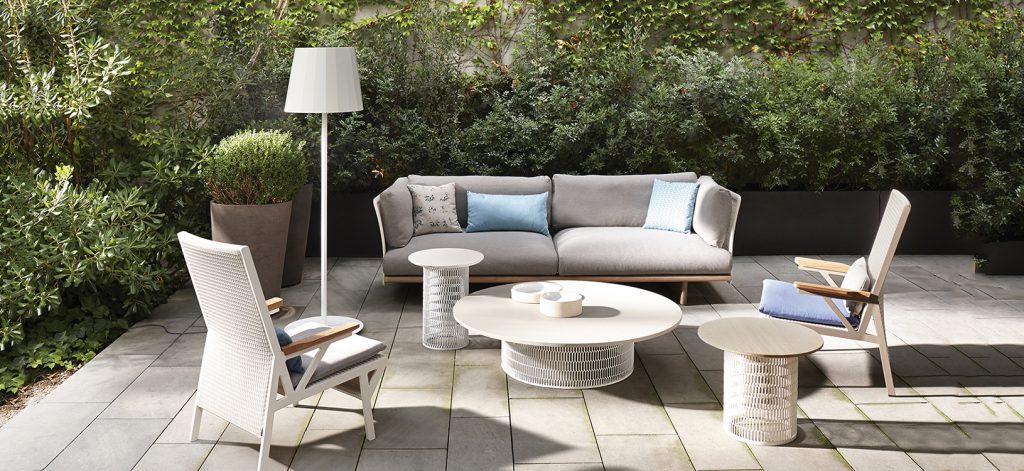
Image: Marlanteak
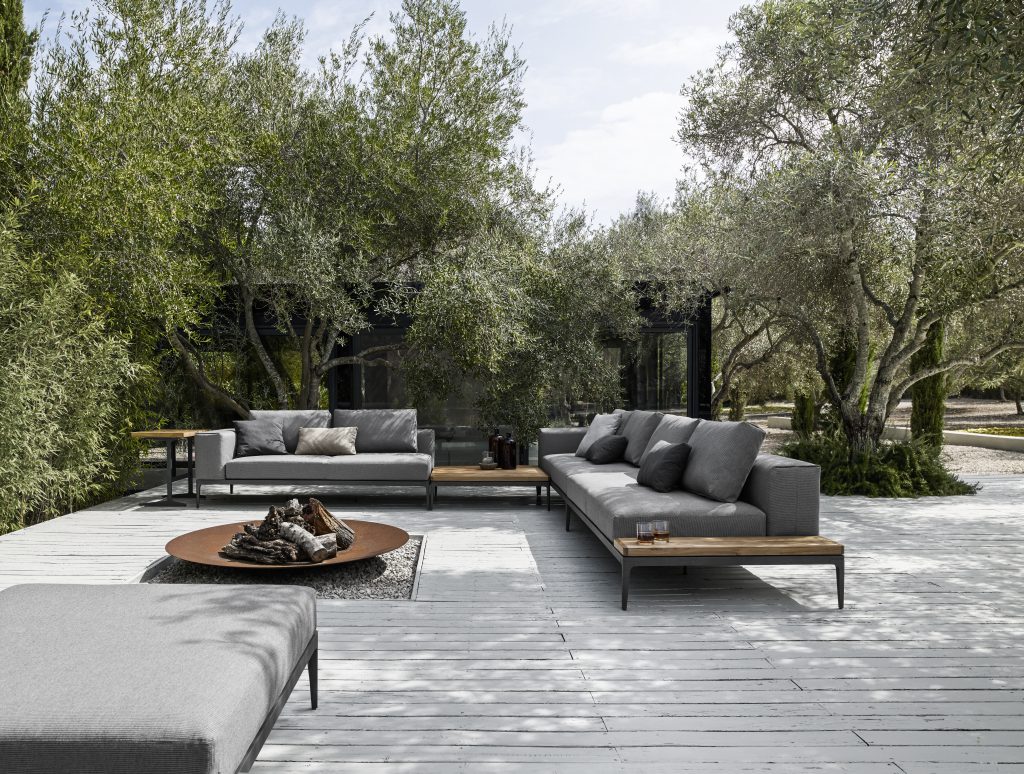
Image: Marlanteak




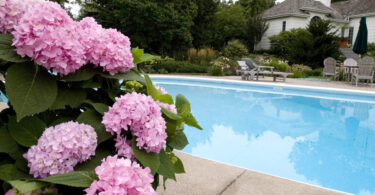
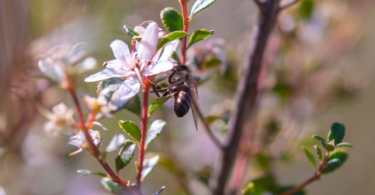
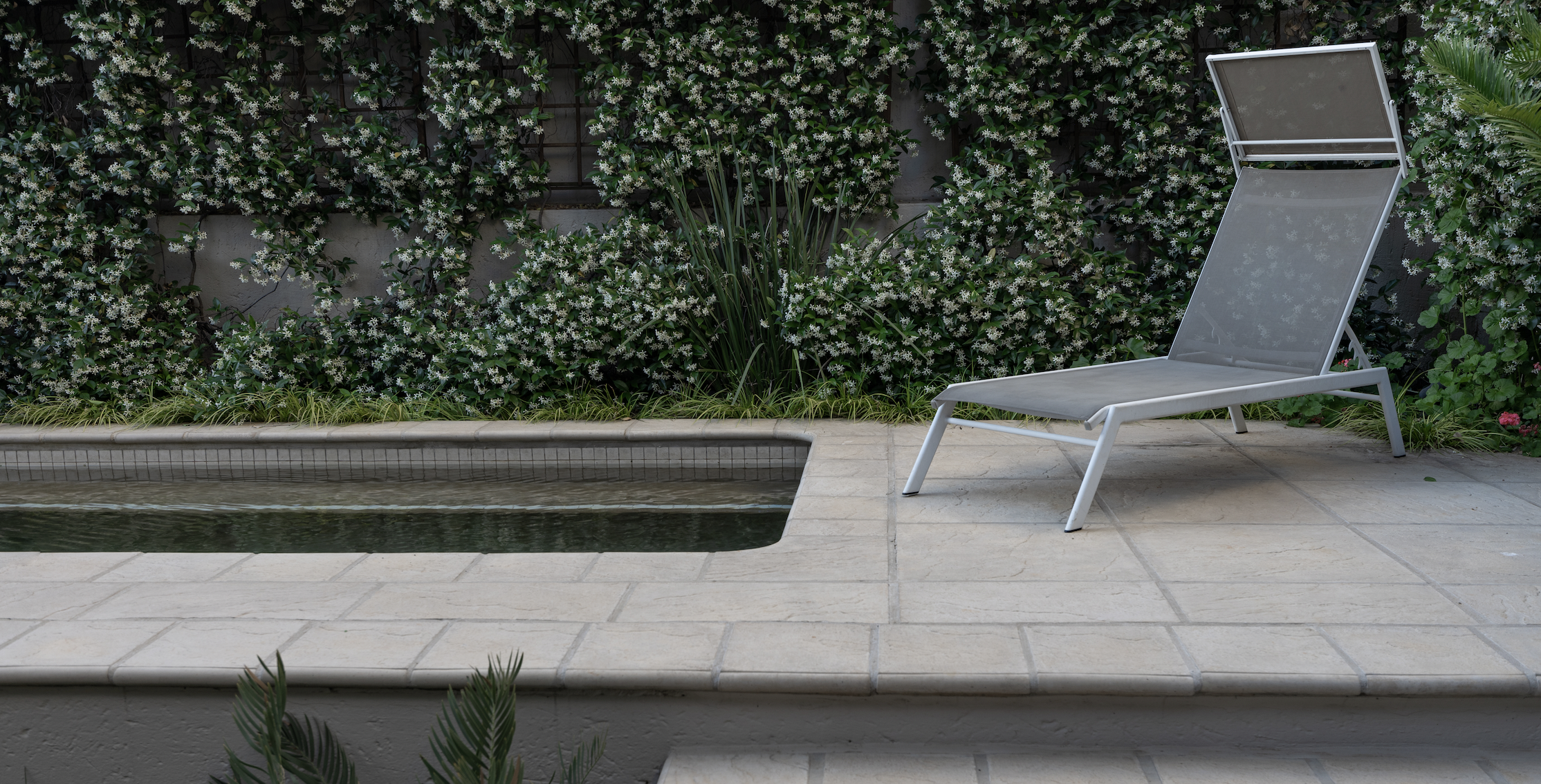

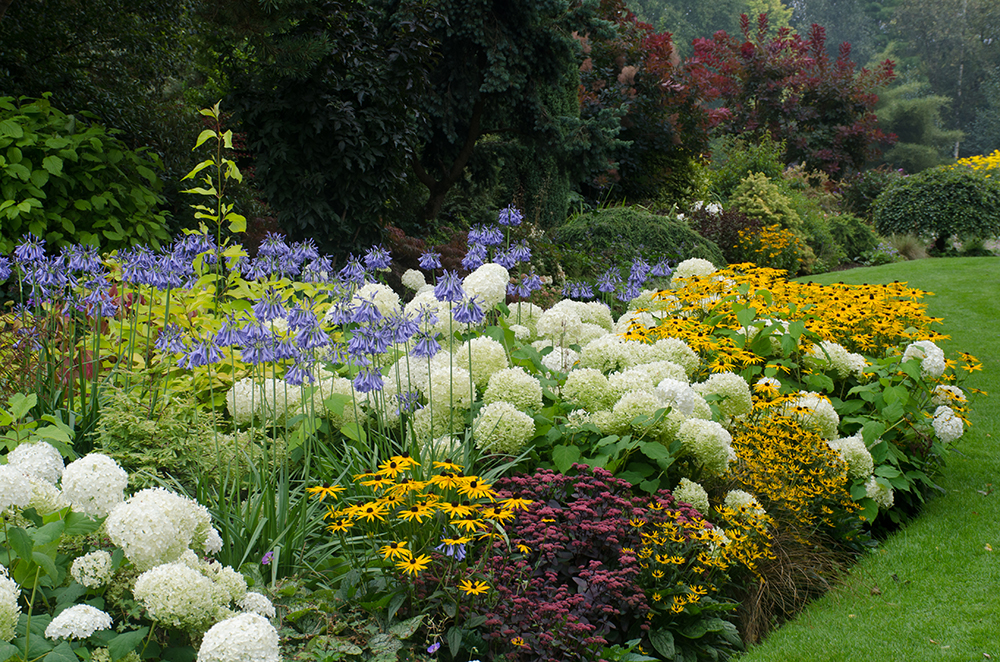
Leave a Comment